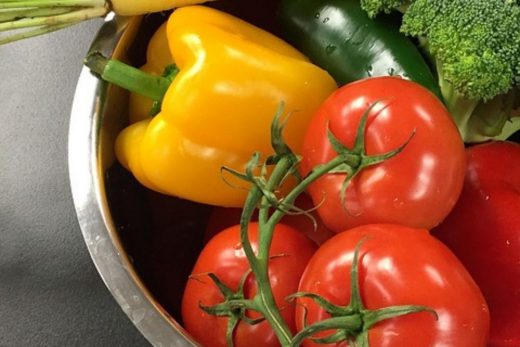A Brief History of Sugarcane, Molasses, and Rum
Sugarcane traces its origins to the Indus Valley. Earliest reports of its production date to about 5,000 years ago. Traders carried it into Asia Minor; by the 8th century A.D., Arabs had brought it into Southern Europe and, eventually, Spain. But rum lovers owe some gratitude to Christopher Columbus. It was he who introduced sugarcane to the Caribbean, planting it in Hispaniola (today’s home of the Dominican Republic and Haiti) on one of his voyages.
Cane quickly became the staple crop of the Caribbean, providing refined sugar to Europeans and molasses to the New England rum industry. European colonists carried it into much of Central and South America. Cane is now grown in more than 100 countries, supplying not just rum and refined sugar, but also ethanol.
Distillation techniques were refined and well-known by this point, so it was simply natural to take the fermented molasses and distill it down to make a potable beverage.





